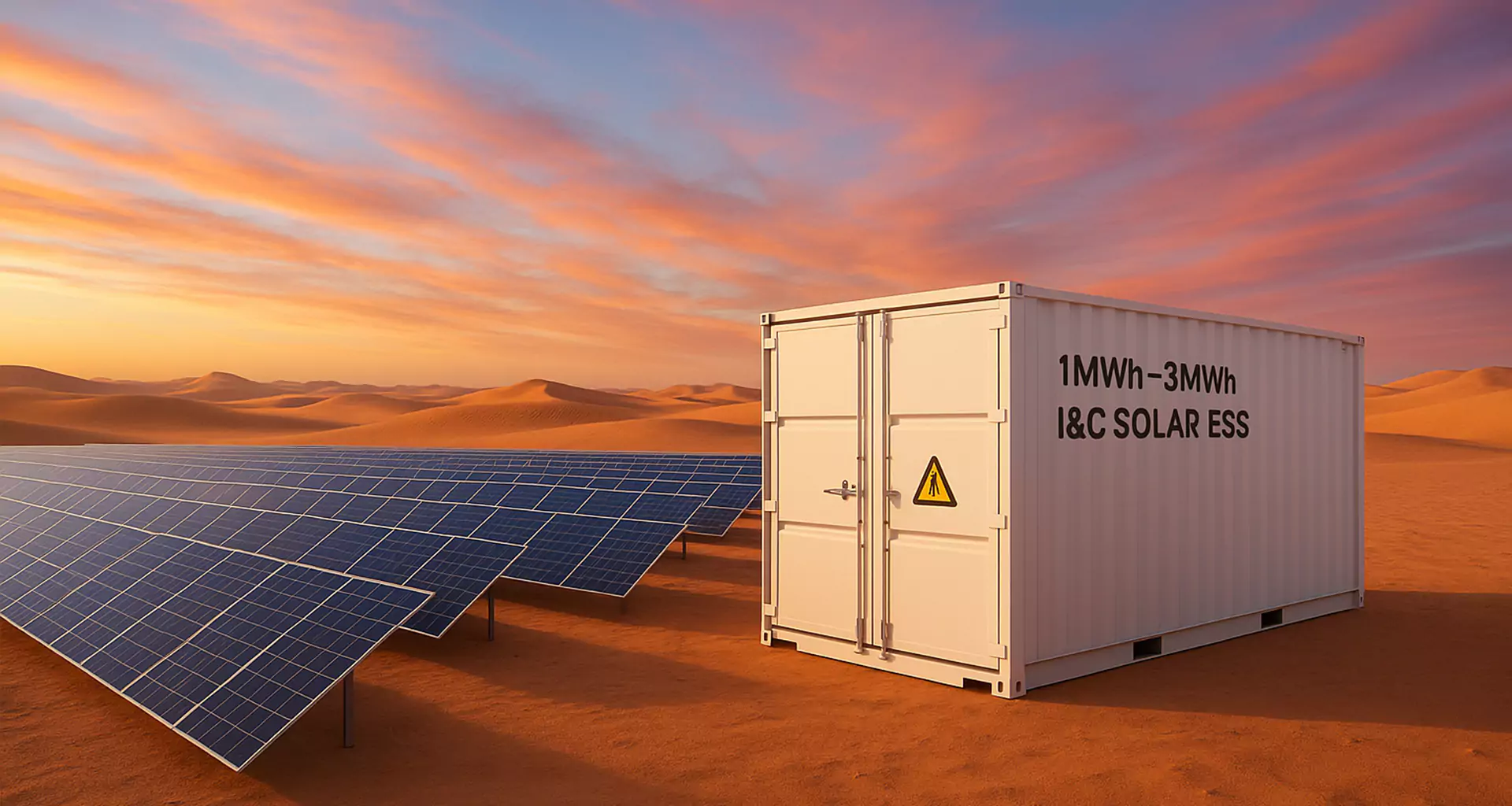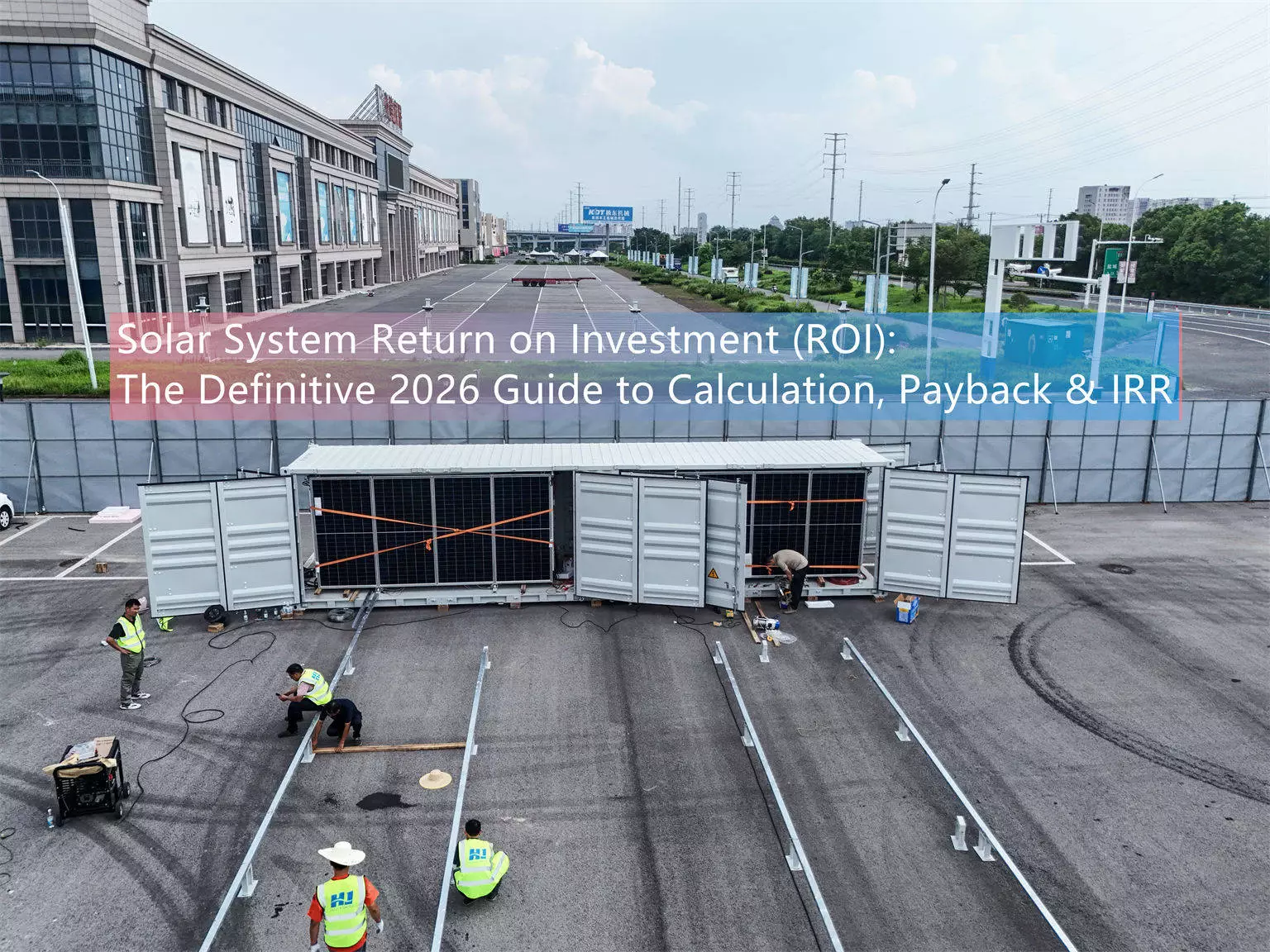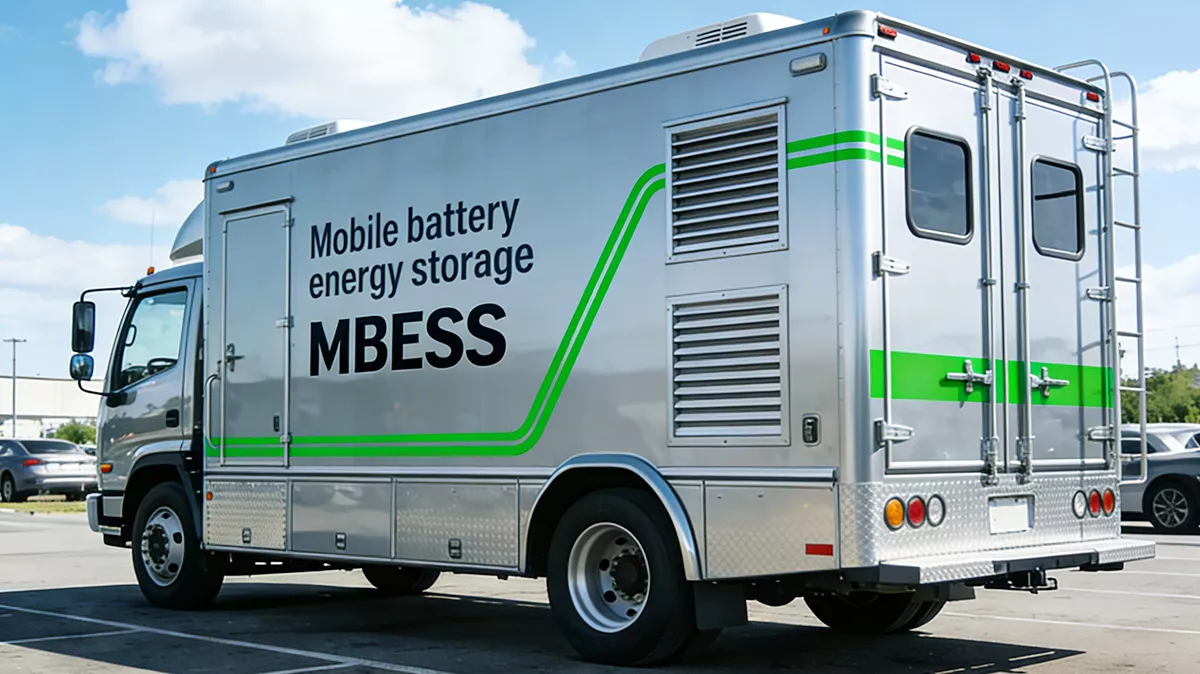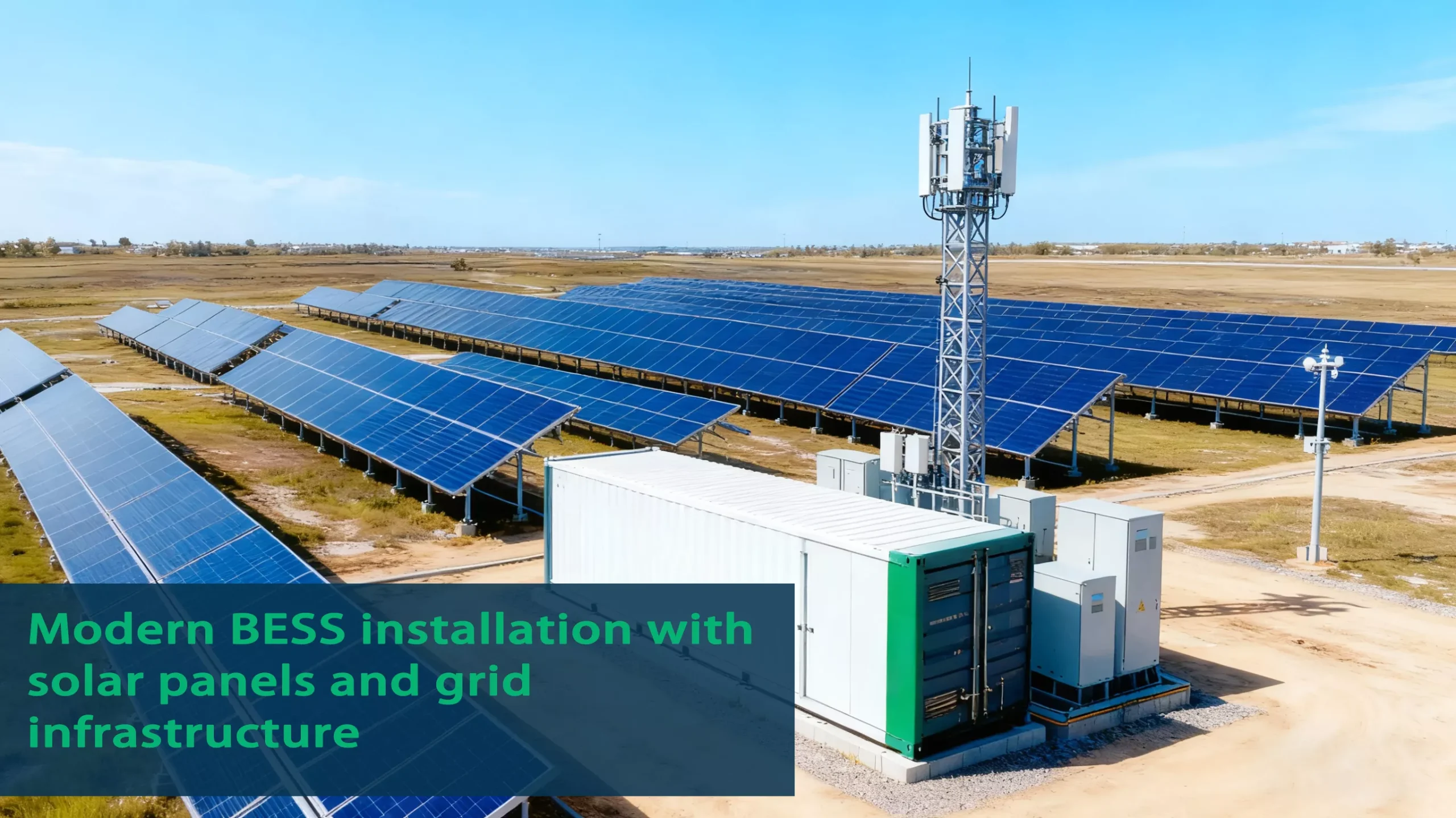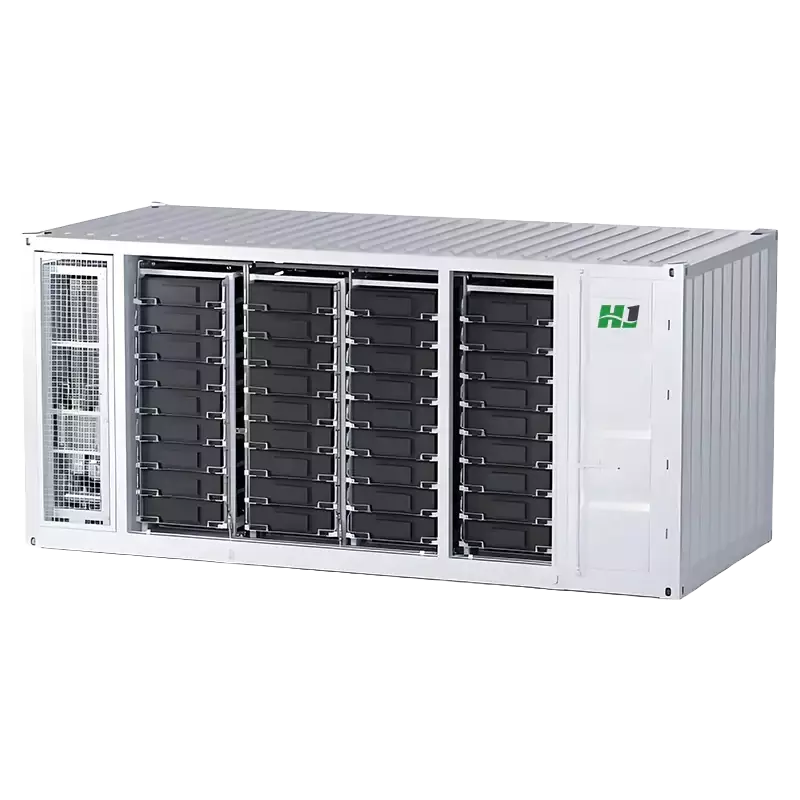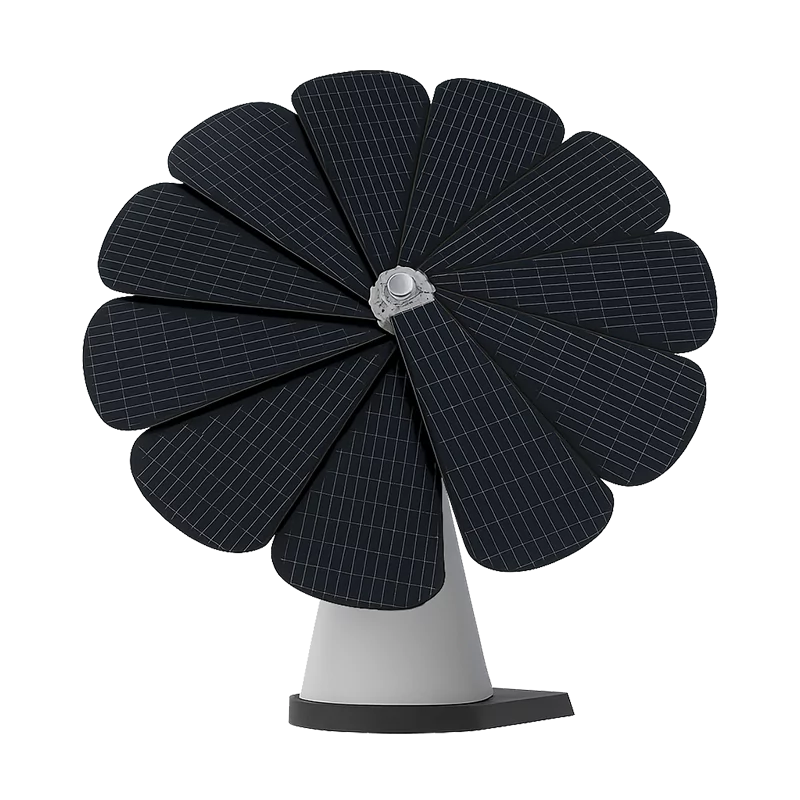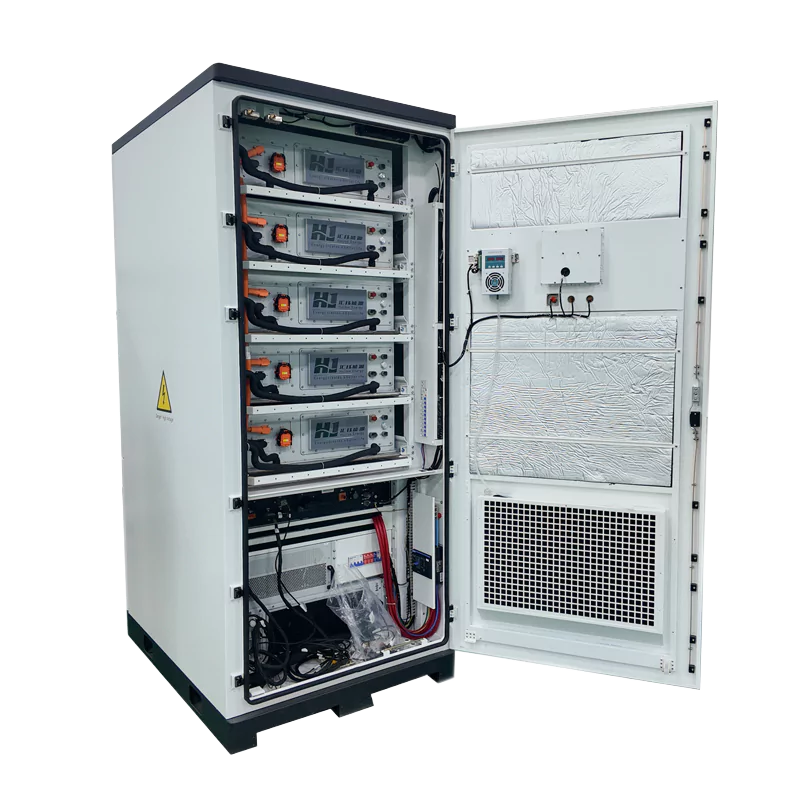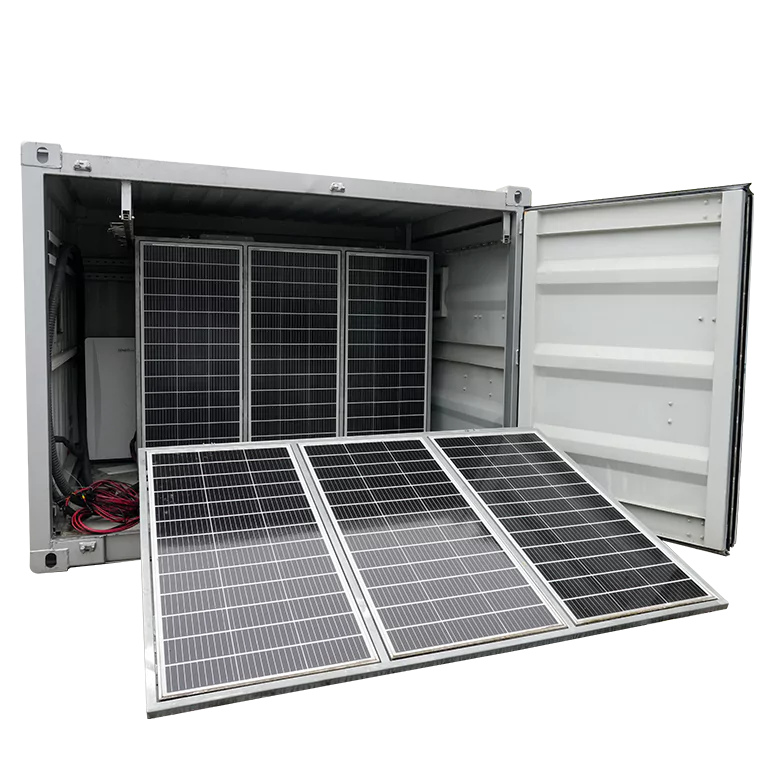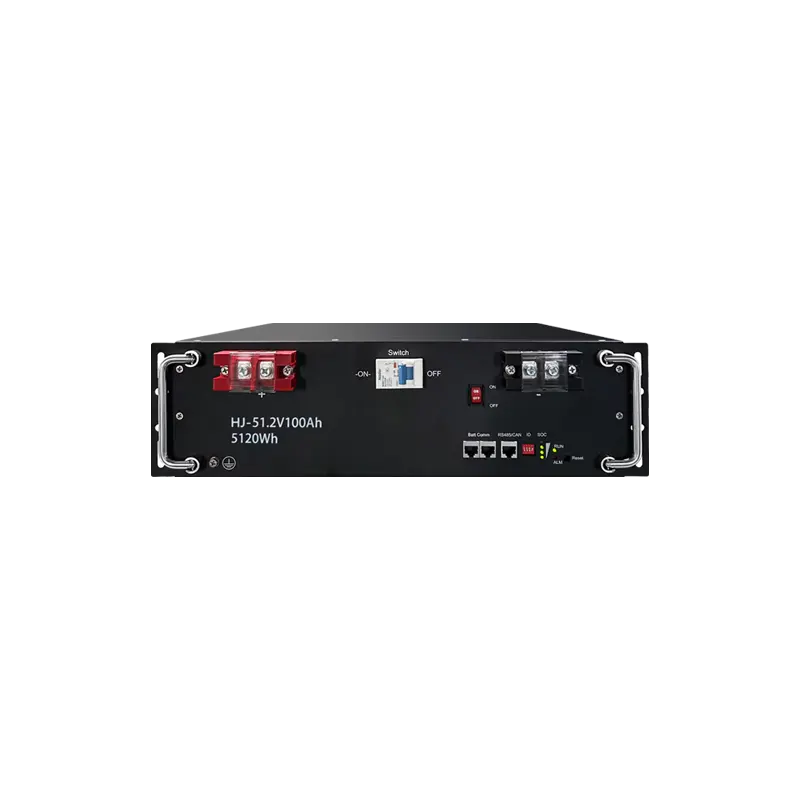Solar-Powered BTS in Rural France: Drone Monitoring Solutions
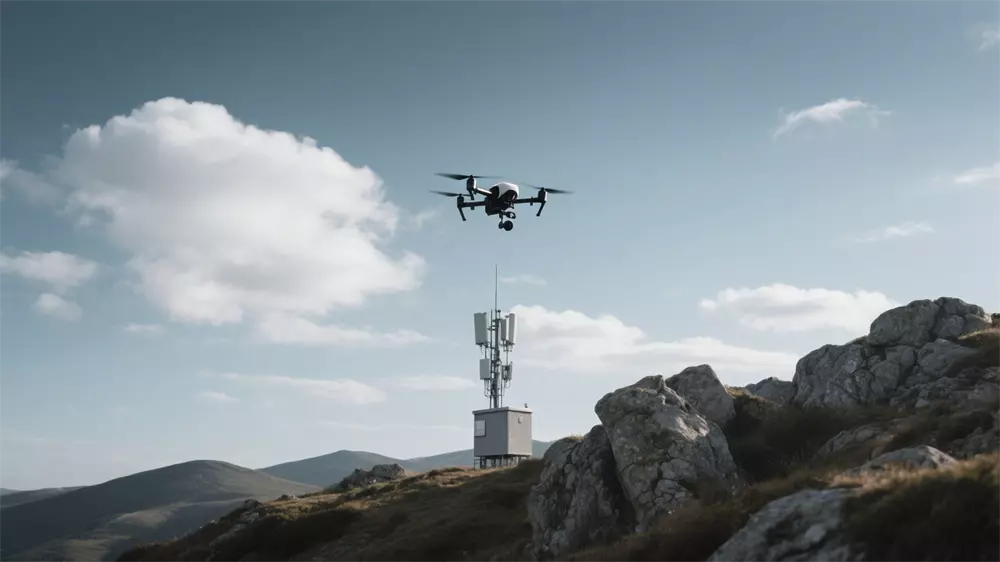
1. Localized technological breakthroughs in solar power supply systems
The energy transformation of rural base stations in France is closely combined with regional resource characteristics, and multiple breakthroughs have been achieved in power reliability and efficiency optimization:
1.1 Hybrid energy intelligent scheduling architecture
The HighJoule base station energy storage solution adopts a three-level model of “photovoltaic priority + lithium battery buffer + diesel backup” to dynamically allocate energy through intelligent algorithms. This ensures the maximization of photovoltaic utilization, uses lithium batteries to smooth power fluctuations, and starts diesel generators only in extreme weather, thereby significantly reducing dependence on fossil fuels.
1.2 Reliability design under extreme climate conditions
In view of the strong wind and humid climate characteristics of Brittany, the HJ-SG-D03 outdoor energy storage cabinet adopts IP67 protection level. The cabinet material has been tested for salt spray corrosion. The internal temperature control system can operate stably in an environment of -20℃ to 60℃, ensuring the service life of the equipment in coastal humid areas.
1.3 Regionalized solution for photovoltaic efficiency optimization
The single-axis tracking bracket system piloted in Provence uses photosensors to adjust the angle of photovoltaic panels in real time, extending the daily light exposure time by 1.5 hours. Combined with the local sufficient light conditions, the power generation efficiency is increased by about 22% compared with fixed brackets, providing an efficient solution for areas with moderate light conditions.
2. UAV inspection reconstructs the work efficiency system
Base stations in rural France are sparsely distributed (one station per 10 square kilometers on average), and drone inspection has become a necessary alternative to traditional manual inspection. Its technical advantages are reflected in three aspects:
2.1 Multi-sensor data fusion detection
- Infrared thermal imaging: When inspecting the base station of the Burgundy vineyard, it successfully captured the abnormal heating point of the inverter module, preventing potential equipment failure in advance.
- LiDAR: In the tower inspection of the Central Plateau, point cloud scanning identified the potential tilt risk of the base station tower of 3.2°, which is 10 times more efficient than manual measurement.
- Multispectral camera: In the agricultural area of Normandy, it found 12 cases of grapevines approaching the base station protection area, and predicted the growth rate of plants through spectral analysis for preventive pruning.
2.2 Intelligent defect identification driven by artificial intelligence
HighJoule’s independently developed base station inspection AI algorithm, after training with tens of thousands of fault samples, can automatically identify 23 common faults such as cable damage, battery bulging, and loose screws, with an accuracy rate of up to 94.7%, which greatly reduces the missed detection rate of manual image interpretation.
2.3 Actual efficiency of emergency response
After Corsica was hit by a severe storm in 2024, the drone fleet completed the damage assessment of 89 base stations on the island within 72 hours, and simultaneously generated 3D models and emergency repair lists. Compared with traditional manual inspections, the disaster response time was shortened by 60%, which won a critical window period for post-disaster communication recovery.
3. Practice of two-way policy and market drive
The French “2030 Investment Plan” provides policy leverage for the solarization of rural base stations, and combines the innovative practices of market players to form large-scale application cases:
3.1 Industry-scale application cases
- Orange “Green Village” plan: By the end of 2024, Orange has deployed 1,200 base station energy storage systems in rural areas, achieving 85% base station power self-sufficiency through photovoltaic panels and smart microgrids. The plan was listed as a “Renewable Energy Communication Infrastructure” demonstration project by the French Ministry of Environment.
- Localized drone operation collaboration: Many operators cooperate with local drone service providers in France (such as Parrot Drone Business) to customize inspection routes for different terrains. For example, terrain following mode is used in the Normandy hills, and wind-resistant drone models are used in the Alps to enhance the adaptability of inspections in complex terrains.
- Innovative energy hosting services: French energy company Engie launched the “Base Station Energy Manager” service, which integrates energy storage system operation and maintenance, energy consumption analysis and electricity trading, and reduces customers’ electricity costs by more than 30% through the peak-valley electricity price difference. This model has been implemented in 50 base stations in the Languedoc region.
4. Quantitative comparison of cost-effectiveness and sustainable development
Taking a typical base station in the Languedoc region as an example, the 10-year total cost of ownership (TCO) comparison highlights the significant advantages of the solar + drone solution:
| Indicator | Traditional diesel solution | Solar + drone solution | Difference |
|---|---|---|---|
| Initial investment | 18,000 euros | 52,000 euros | 3 times higher initially, but 3 times longer life |
| Annual energy cost | 9,200 euros | 1,500 euros | Save 83.7% |
| Annual maintenance cost | 6,800 euros | 2,200 euros | Reduce 67.6% |
| Carbon emissions | 22 tons/year | 1.5 tons/year | Reduce emissions by 93.2% |
| 10-year TCO | 138,000 euros | 79,000 euros | Save 42.8% |
5. Technological evolution and future trends
- Hydrogen fuel cell backup power supply: HighJoule’s HJ-FC20 20kW Hydrogen fuel cells are being piloted in Alsace, using industrial byproduct hydrogen as fuel, with a power generation efficiency of 55% and carbon emissions close to zero. It is planned to achieve large-scale replacement of diesel generators in rural base stations by 2026.
- Drone cluster collaboration technology: The new generation of industrial drones can form a cluster with automatic cleaning robots and small maintenance units. For example, during the inspection process, light maintenance tasks such as photovoltaic panel dust removal and base station shell rust removal can be completed simultaneously, and the comprehensive service efficiency of a single inspection can be increased by 40%.
- Digital twin operation platform: The 3D digital twin system built by the operator increases the accuracy of battery remaining life prediction to 92% through real-time access to base station sensor data, and extends the equipment failure warning time from 24 hours to 72 hours, significantly optimizing spare parts management and maintenance plans.
6. Conclusion: Rural paradigm of green communication
From the fields of Normandy to the sunny Provence, the practice of solar energy and drones in rural base stations in France has become a global model of “low-carbon communication + intelligent operation and maintenance”. This model not only reduces operating costs through technological innovation, but also activates the sustainable vitality of rural digital infrastructure with localized solutions.
Find Your Solar + Battery Storage Specialist Now!
* Fill out this form and our experts will help you find the perfect solar storage solution for your home or business.


